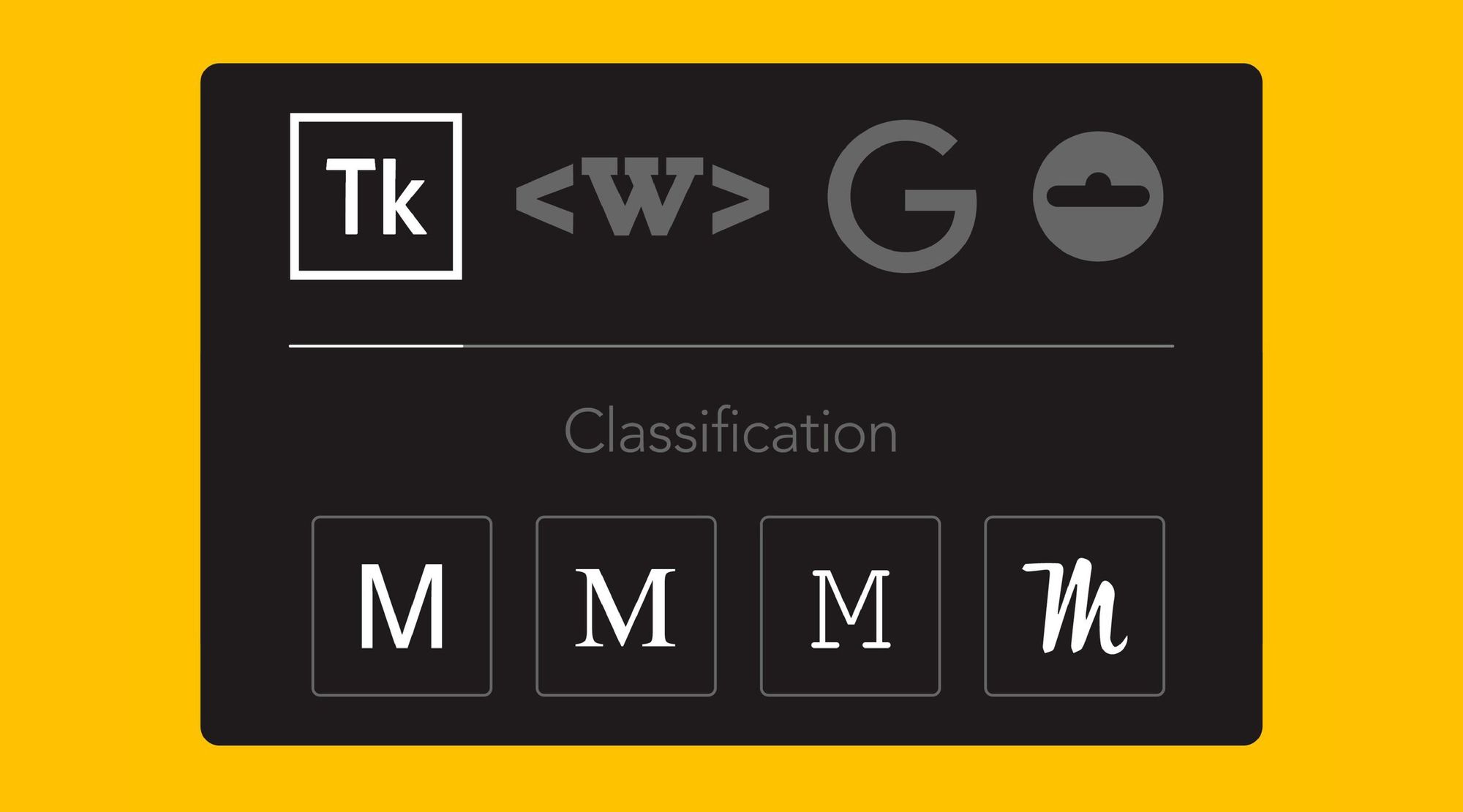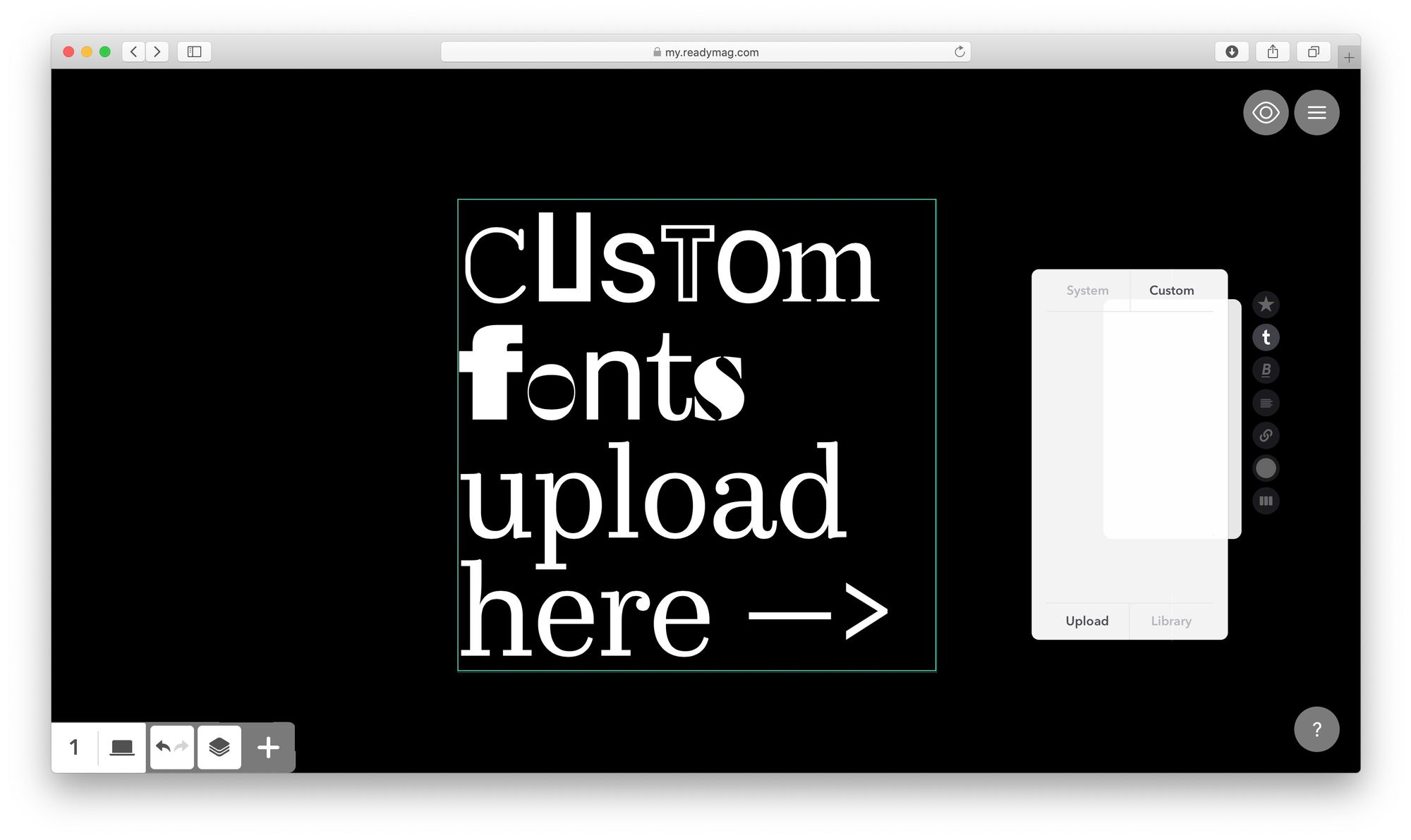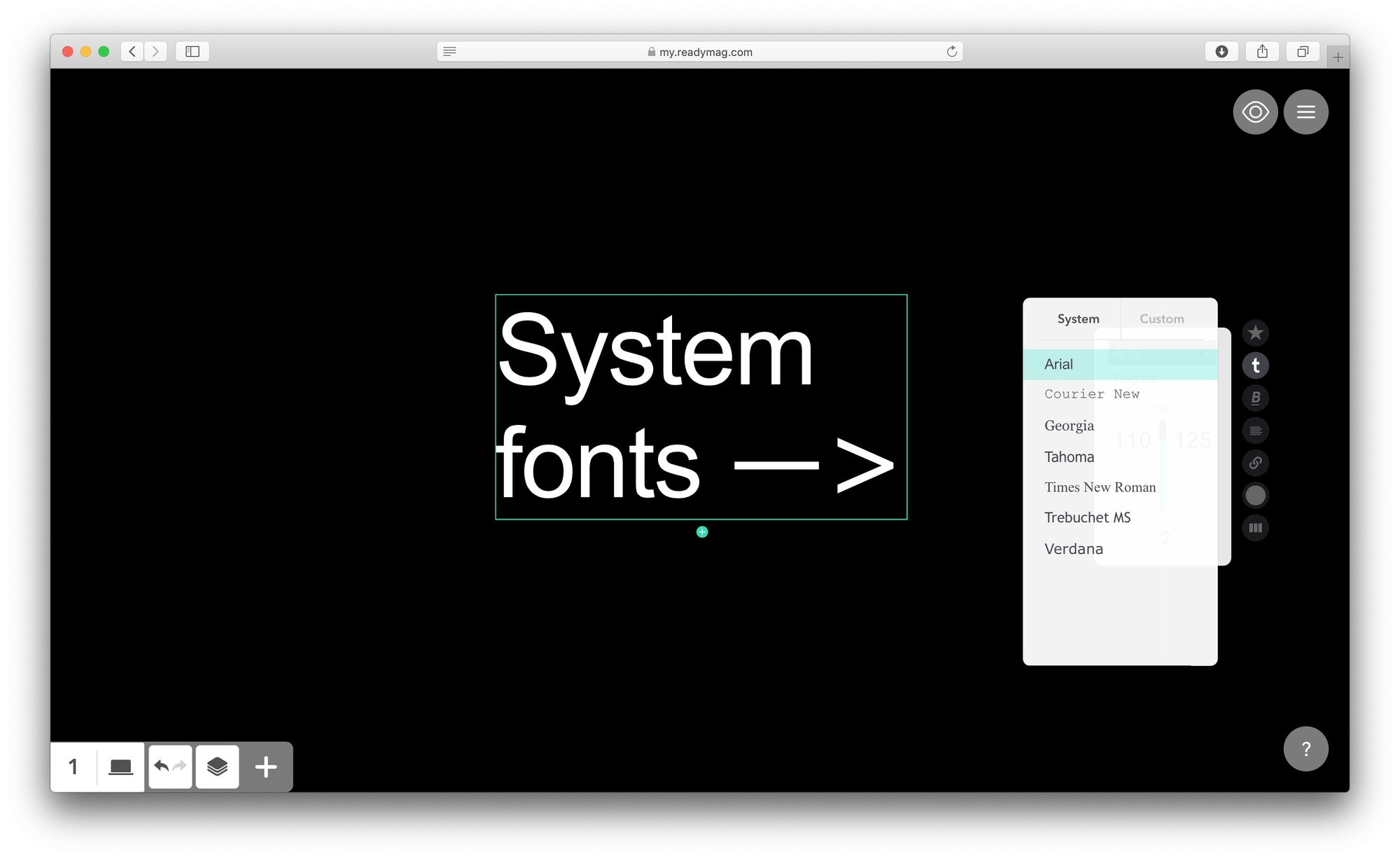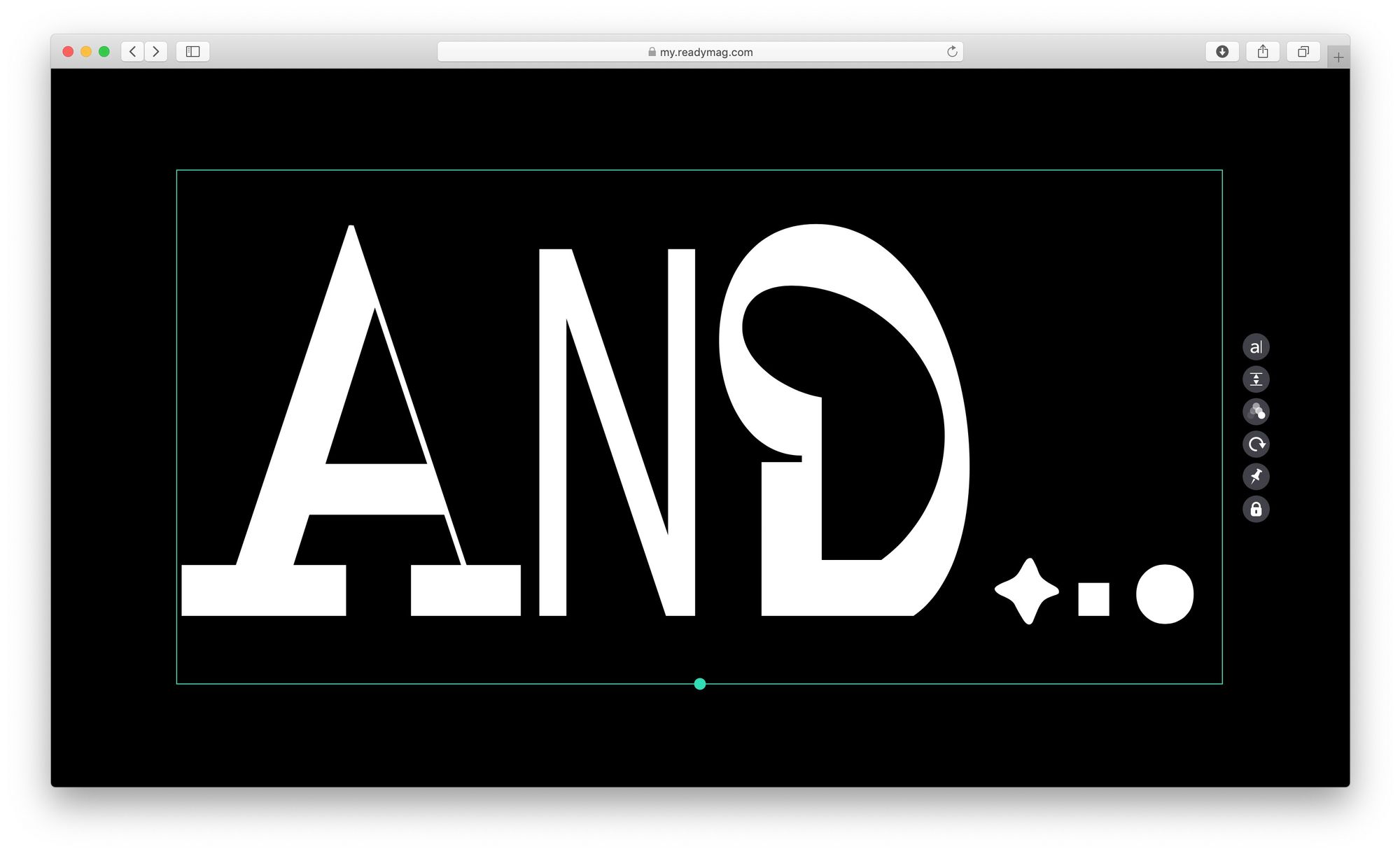What designers need to know about font licensing
Font copyright and licensing might seem like a cloudy issue at times, so below we explain the rules of using fonts in Readymag.

Font copyright and licensing might seem like a cloudy issue at times, so below we explain the rules of using fonts in Readymag.
There are always multiple reasons to choose a certain font for a certain web project: readability, aesthetic, cross-platform compatibility, etc. Then there are legal issues, too.
Resolving these issues for our users is one of the benefits of Readymag: thousands of great fonts are available for your projects, to use legally, out-of-the-box. We offer a wide selection of fonts from type.today, Typekit/Adobe Fonts, Webtype, and Google Fonts. You can see some of them in use in our newsletter.
We also allow users to incorporate custom fonts. All you have to do is to upload your font to Readymag in a WOFF format, as shown below.

However, it’s still important to understand how fonts work from a legal perspective. In the below article we explain the relevant information.
Font vs Typeface
First of all, there’s a difference between a font and a typeface. It’s usually said that a font is a piece of software used to render letters, while a typeface is a set of letter shapes rendered with a font.
In the U.S., fonts are copyrighted (as is all software), while typefaces are not. For instance, say you have an old photo with a text typed text on it — in the USA if you have permission to use the image you don’t need separate permission from the typeface owner (unless the typeface is protected with a design patent). However, in other countries the situation may be different. In Germany, for example, typefaces are protected by default in more or less the same vein as other intellectual property.
System fonts, library fonts, and custom fonts
Readymag offers three types of fonts: system fonts (Arial, Courier New, Georgia, Tahoma, Times New Roman, Trebuchet MS, and Verdana), fonts from one of our libraries, or custom fonts uploaded manually.
A system font means that the typeface is rendered by users’ browser and OS — or, if the project is exported to PDF, by the software used by the reader to open the PDF. You can use any of our system fonts for Readymag projects and export them without legal concerns. However, keep in mind that they are still copyrighted.

A font from our font library may be freely used in Readymag projects and exported — with the exception of Typekit and type.today. These won’t be exported unless you’ve uploaded it as a custom font (to do so you must obtain the license from the foundry yourself; see below). During export, these will convert to system fonts.
Finally, a custom font is a font you have purchased yourself. You’re subject to restrictions set by the foundry that regulates the usage of fonts, which might differ significantly from one foundry to another. So if you plan to export a project with a custom font as a PDF, or to use it as a printed leaflet, make sure you’re not prohibited from doing so (to be safe browse through the Terms and Conditions that are included with the font).

If you use a custom font…
There are two important sets of restrictions involved with custom fonts to keep in mind.
First, there are restrictions regarding the platform. To use a font in Readymag projects you’ll need a Web license. There are also Desktop licenses (for instance, to upload a font to Microsoft Word or Sketch and use it) and App licenses (to use a font to create software or mobile apps; these must be acquired separately for each platform).
Keep this distinction in mind if you create mockups or prototypes of software in Readymag, or if you make sketches of your webpages on a desktop and then recreate them on Readymag — you’ll need to obtain separate font licenses each usage.
Secondly, there are restrictions regarding font transfer. When you purchase a custom font you’re usually required to provide the domain where the font will be used. Potential violation of this rule is one of the reasons custom fonts aren’t allowed to be transferred between users in Readymag.
For those creating projects for others (like freelance designers or design studios), there are two options: transfer a project to a client’s account (if they’re Readymag users), transfer a font to them, restore a project and then delete the backups on your end, or export the project as a whole and reassemble it at your client’s domain (we explain the intricacies of code export in greater detail here). You’ll still need to delete all backups of the font from your computer, and you’ll also need to transfer the ‘End-User License Agreement’, or EULA, to your client.
You can always write to our support team if you have any further questions regarding font copyright: [email protected].